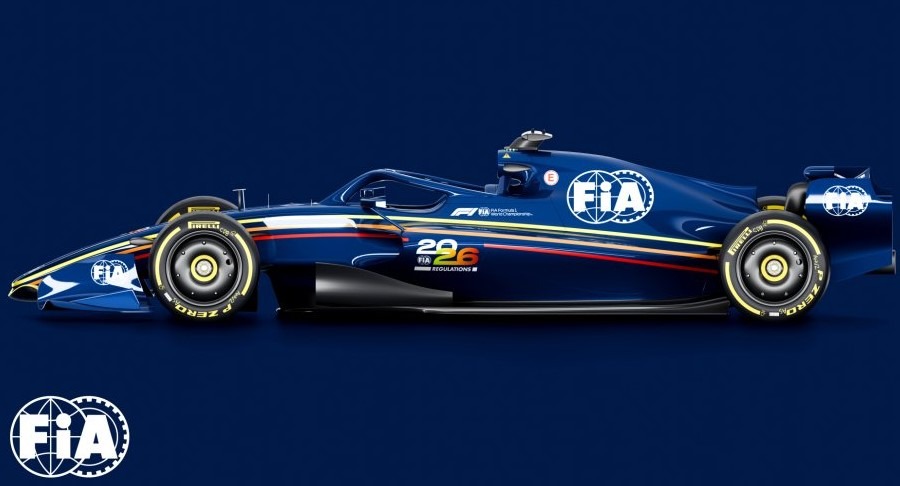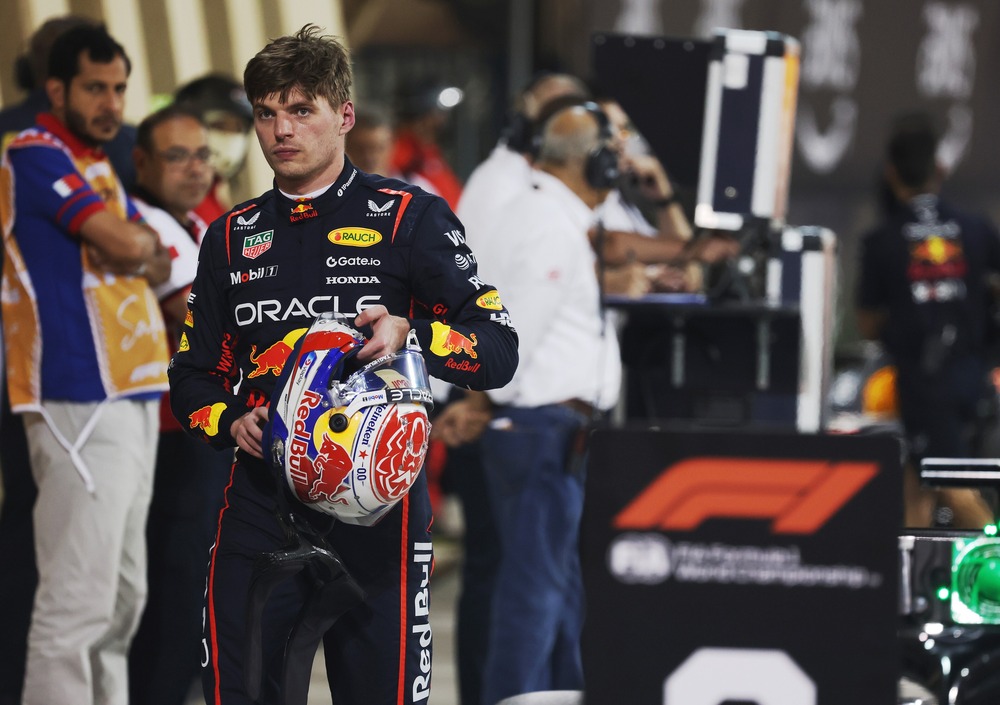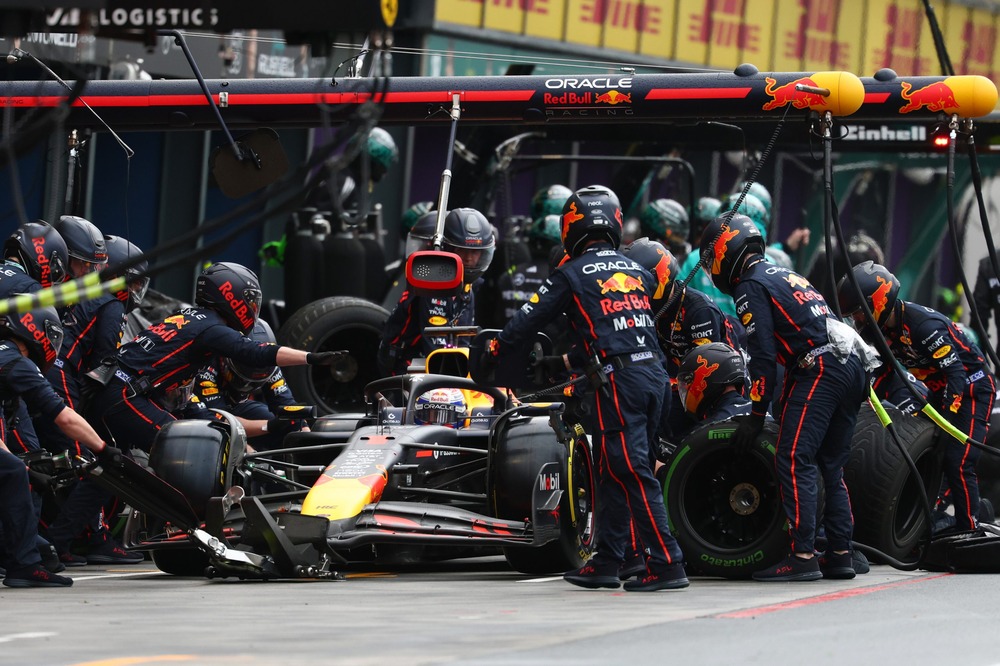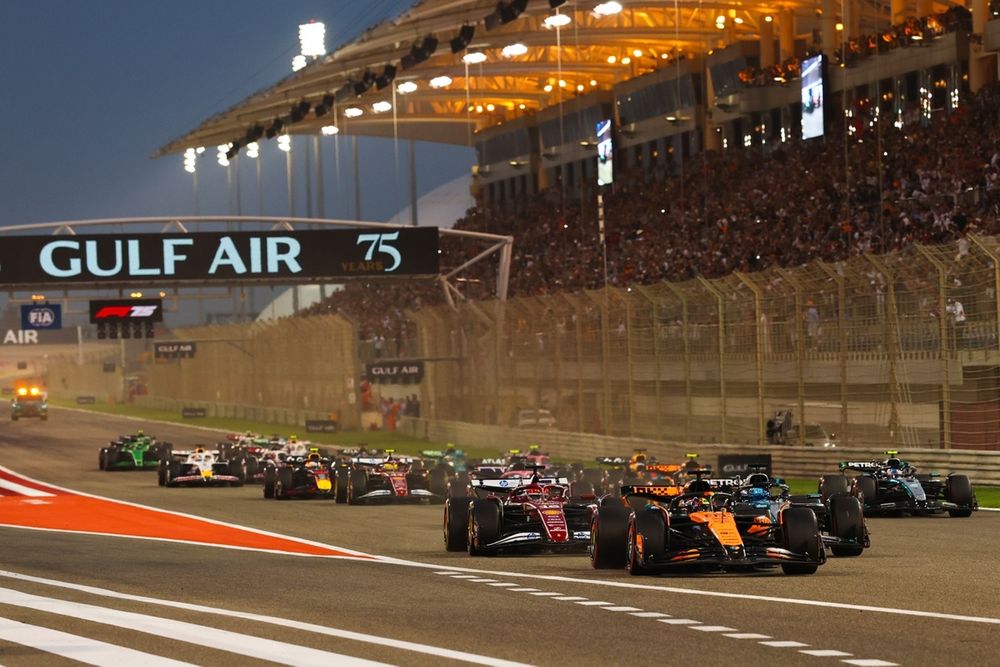When the newly developed 2026 F1 car will be introduced DRS will no longer serve as an overtaking aid and drivers will receive a temporary ERS boost instead.
On Thursday, the FIA officially announced the new regulations for the 2026 F1 cars and the sport’s future will see considerable changes to the rules related to the engine and chassis.
The governing body decided to focus on designing so-called “nimble” cars for 2026 F1, which are projected to weigh 30 kg less than the current models in order to increase efficiency, handling, and encourage close racing,
Besides the anticipated changes such as the adoption of entirely sustainable fuels and a balanced power output between the internal combustion engine and the power unit’s electrical ancillaries, with the MGU-H removed, one of the most notable changes revolves around the use of DRS after F1 opted for active aerodynamics on the front and rear wings.
The Drag Reduction System (DRS) was introduced ahead of the 2011 season in an attempt to improve overtaking. It allows drivers to open a narrow slot on the rear wing at designated sections of a lap if they are within one second of the car ahead.
The new front and rear wing active aerodynamics, which the FIA announced will go into effect in 2026, will allow any car to engage a low-drag mode on the straights at any time, regardless of whether it is pursuing or following and regardless of how close to another car it is.
The car’s default configuration, known as “Z-mode,” uses more downforce over the course of the lap. The low-downforce configuration, or “X-mode,” lowers the drag of the front and rear wings when used on the straights.
This assumes the role of the basic, retractable rear wing flap that served as the DRS for more than ten years and could only be used when two cars appeared at a set distance apart.
Considering the cars will have 55% less drag than they have now, they will accelerate faster on straights, eliminating the current DRS effect’s value. The low-drag cars are a function of the engine rules given current drag levels along with the engine characteristics of the 2026 would probably result in a significant loss in straightline speed.
That meant coming up with a fresh approach that would encourage overtaking. The flexible rear wing will no longer be used as a passing aid in 2026; instead, it will be used to manage energy during the course of a lap and the race, where racing strategy becomes more crucial.
“When the power unit has plentiful amounts of energy we will be in the high downforce mode, which gives us the high cornering speeds,” says FIA head of aerodynamics Jason Somerville.
“Where we don’t need the grip from the aerodynamics, we deactivate the wings, giving us a low drag mode and that gives us the ability to sensibly use the energy that we have from the electrical systems on board for the duration of the straights.”
Every car will automatically engage the low-drag X mode on straights because a lower drag coefficient equates to lower energy consumption and a higher top speed results in greater energy recovery after braking.
In an effort to counteract the cars’ low drag, a manual override feature that allows for the MGU-K to be used at high speeds will be introduced.
“The decision was made a year or so ago – a bit less than a year – to go for what is called a nimble car, so a slightly smaller car, less downforce but with a big focus on less drag,” FIA’s single-seater techincal director Jan Monchaux said.
“The DRS in itself on the rear wing will not be used to allow or facilitate overtaking anymore.
“It will be used by default on every straight by every car to just drop your drag level on the straight, because this comes along with some strong benefits for us and energy consumption but also having a higher top speed allows you to recover more when you are braking on another straight.
“Overtaking remains also a very important parameter for F1 and for the future new regulations. It’s going to be tackled in two manners.
“The first one is continue to have a aero concept for the car which reduces the losses generated by a car which is negatively impacting the following car, because to be able to overtake you need to be close to the car ahead of you.
“And if you can’t follow in a corner because it’s generating so much dirty air that your car gets unstable and you need to pull away, then the moment you are on the straight you need to recover all that loss.
“So it’s very important for us that you can reasonably follow another car in a cornering situation and to do that we need to make sure from the aero concept – the amount of dirty air being generated – is not impacting too much the following car. That’s number one.
“So you enter the straight, a car is fairly close to the other, to help the overtaking – since now both cars will have the rear wing open and front wing flap open – we are going to allow the car behind to deploy more ERS for a given portion of time during that precise lap.
“So right now with the DRS, you are behind the car and within a second it ticks a box and you are allowed to open your DRS on a straight line.
“This will not be the case anymore [but] logic will be the same. I’m close enough to another car, I am given an extra amount of energy for one lap, which I can deploy the way I want.
“The extra amount of energy is defined and that will give a boost of energy to eventually give the following car a chance to overtake by the end of the straight.”
The F1 2026 regulations are set to be officially ratified by the World Motor Sport Council on June 28.






